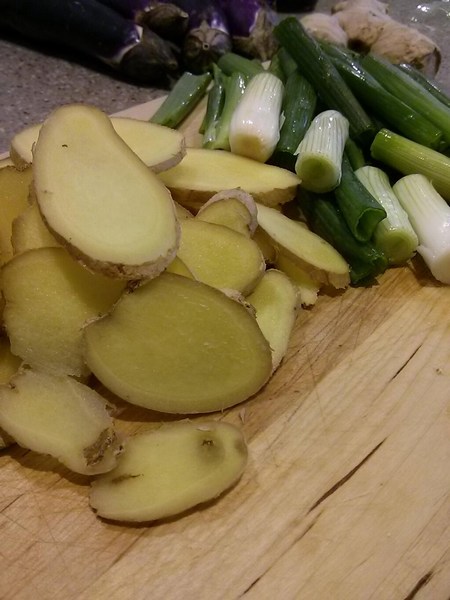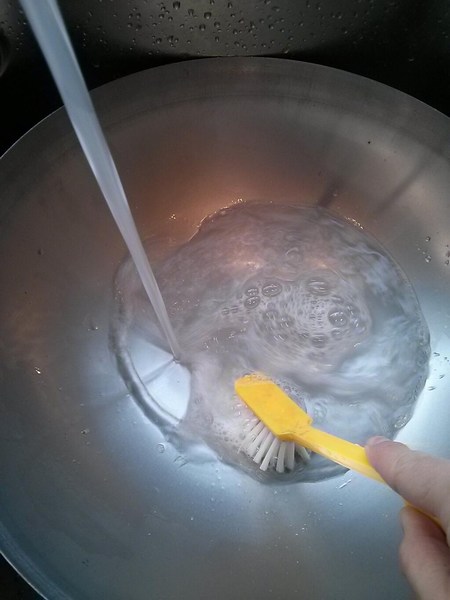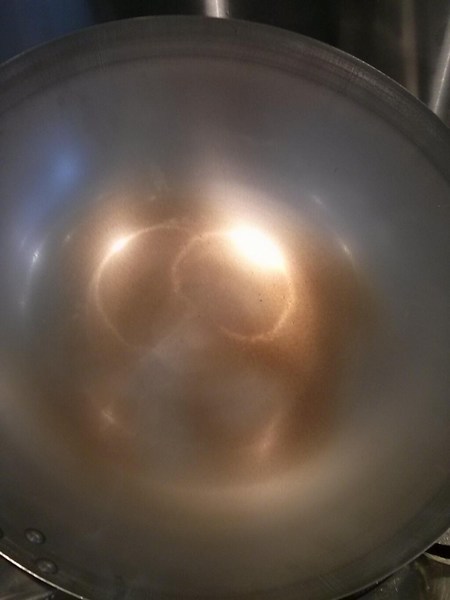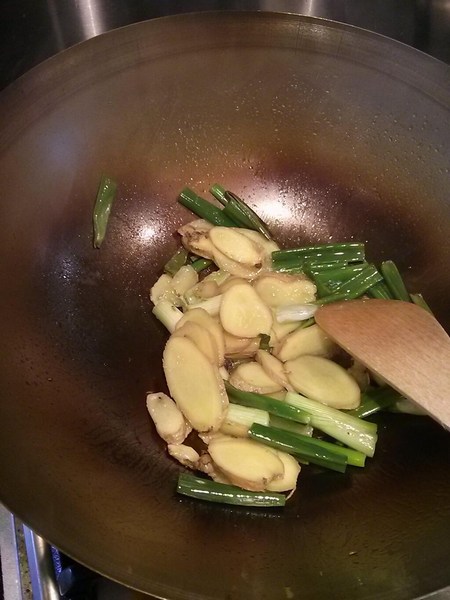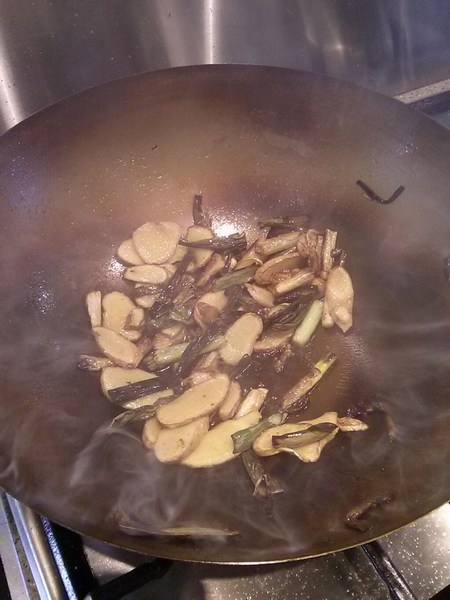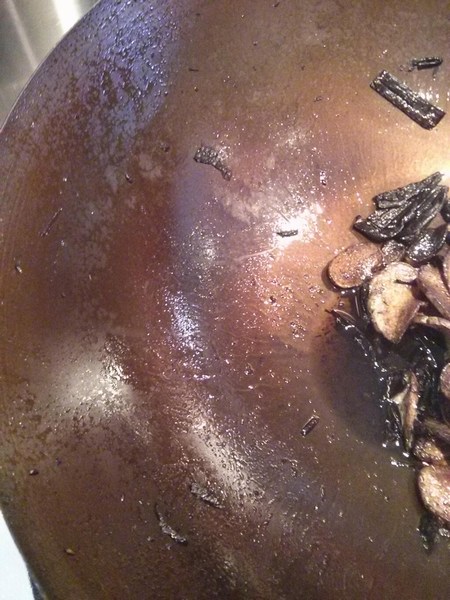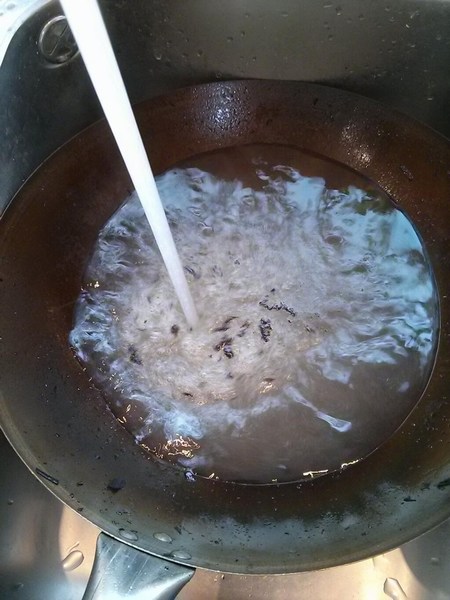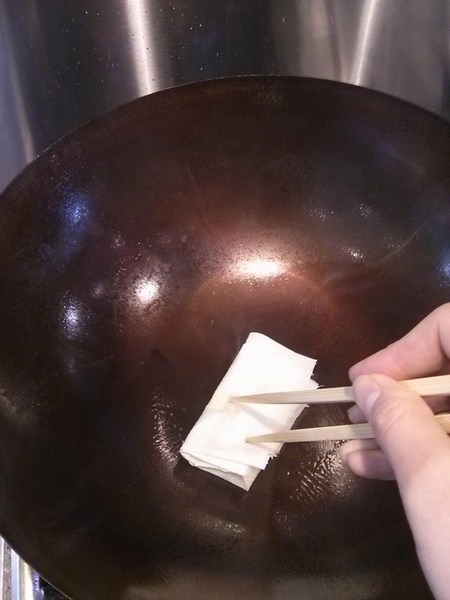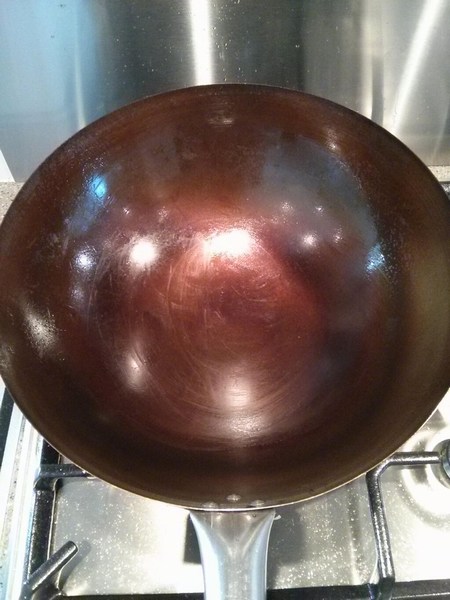How to season a wok
Why woks?
Woks are an integral part of Chinese cooking, their unique shape maximising the heat supplied and distributing it evenly. They are used for stir frying, deep-fat frying, boiling and steaming; its many functions belying its simple design. Having a singular universal pan can be useful if you are short on space. These days, woks come in many different sizes and materials, with flat bottoms, or more traditional rounded bottoms.
Which wok should I buy?
Which wok you choose will largely be dictated by your stove:
- If you have a stove with an electric induction element, a flat-bottomed wok would ensure that the maximum amount of heat is transferred to the wok.
- If cooking on a gas stove, the typical rounded-bottom wok would be the obvious choice. You may, however, find that your rounded-bottom wok does not sit on your stove securely; this is where a wok ring comes in handy. Please see the bottom of the page, where we discuss wok paraphernalia.
Woks may also come with a single (generally wooden) handle, or two (ear-like) handles. Single handled woks are usually used for stir frying, with the handle held at all times to aid in sautéing. Double handled woks are more often used for steaming as there is no need to toss the contents and because it is able to sit unattended.
How do I take care of my wok?
When using a wok for the first time, it is important to season it first. To start the process of seasoning:
- Firstly wash the wok in hot, soapy water. This will remove the machine oil applied by the manufacturer.
- Now dry with a cloth and place on the hob at medium-high heat. This will ensure that all moisture is driven off the surface before seasoning.
- Now that all the wok is completely dry, take it off the heat, and apply a few drops of oil. It should be at near smoking point. Taking care, as the wok will still be very hot, use a piece of kitchen paper to spread the oil around the inside.
- Return the wok to the heat, this time heating slowly for 15 minutes, wiping more oil on as required. The wok should start to darken.
- Allow the wok to cool and repeat the process of heating and applying oil a couple of times to ensure a thin, even coating. This is the beginning of the seasoning process that will develop over time, as you use your wok more.
- Eventually, through repeated use, the wok should take on a black patina that will act as a natural non-stick coating.
You can add some sliced aromatics, spring onions and ginger, to the wok during the seasoning process. This reduces the amount of smoke produced, and rather than brushing the oil on with Kitchen paper, you can add a bit more oil when required, and move it around the wok using the ginger and spring onions.
Caring for your wok is simple – rather like seasoning your wok. After cooking:
- Wash in hot water, using little or no detergent, as this will remove the natural patina that we wish to develop on the wok. We do not recommend using any harsh scourers as this will undo the seasoning process. If scrubbing is absolutely necessary, you shall need to season the wok again.
- Pat dry with a cloth and place on a hob at medium heat to drive off any excess moisture.
- Remove from heat and apply a few drops of oil and spreading it around the interior with a piece of kitchen paper. This will ensure that whilst not being used, your wok will not rust.
I have a rusting old wok; can I salvage it?
Yes you can! Start by cleaning it thoroughly, using a scourer to take off the rust if necessary, and follow the instructions for seasoning it. You will need to start developing the non-stick patina all over again. A wok that rusts will take on the oil from the seasoning process well, so unless it has rusted completely through, don’t throw it away!
Wok Paraphernalia
There are many utensils and other paraphernalia for use with woks:
- Wok Ring – A wok ring is a metal ring that acts as a stand for a wok. It is smaller on one side and larger on the other and is used small-side facing up, with the wok perching on the top.
- Wok Brush – A wok brush is a simple bamboo brush that is perfect for cleaning a wok. It is simply brushed around the inside to remove any debris.
- Wok Tsan (spatula) – This is the main tool used when cooking with a wok. Unlike a fish-slice, it has a curved edge, which works well with the curved interior of the wok.
- Hok (ladle) – A Chinese ladle differs from what you might encounter in a western kitchen by the angle of the handle and size of the ladle head. The wide rim of the wok allows the ladle handle to run in the same line as the ladle head. A hok is the preferred utensil when cooking soups or fried rice.
Many sizes of woks and all the other items mentioned in this article are available to buy at Wai Yee Hong in Bristol.
Please note that our carbon steel woks may not be suitable for use on some types of cookers. We recommend that you consult the manufacturers guide for your cooker before purchasing one.

